Writing Sundial
Catriona Ward was born in Washington, DC, and grew up in the United States, Kenya, Madagascar, Yemen, and Morocco. She studied English at the University of Oxford, and later, completed a Creative Writing Masters at the University of East Anglia. Ward won the August Derleth Award for Best Horror Novel for her debut, The Girl from Rawblood, and again for Little Eve, making her the first woman to win the prize twice. Ward is the internationally bestselling author of The Last House on Needless Street.
There’s a paradox, a contradiction inherent in the act of writing.
All books are, perhaps, a geological record of the author’s mind – a fossilised version of their concerns, fears and preoccupations at that particular point of writing. But a strange process of distillation occurs between personal experience and fictional narrative. Iris Murdoch famously said that ‘bad writing is almost always full of the fumes of personality.’ And I know what she means – I think every writer has had the sensation of looking at what they’ve written that day and feeling weak with the strength of those fumes. It makes one squirm in a particular way.
The writer must make themselves vulnerable, but there’s a nebulous, shifting boundary between vulnerability and self-indulgence. And while writers can’t always tell the difference between these two – in the dark, feeling your way ahead, it’s easy to cross the border unknowing - readers almost always can.
Yet writers have to mine themselves deeply for everything they write – fiction walks this tightrope across the ravine of being entirely dependent on the immersive sharing of personal experience and the urgent need to transcend it. This is how structure can save you as a writer – it gives you plot, character development, pacing and so on, a framework, an architecture to build it all on, so the writing doesn’t sink and fester in those fuming swamps of personality.
How do you recognise when to loose the bird from your hand, let the feeling no longer belong to you? It’s an unreliable process, a biting point you have to sense.
In every book I finish, I can see the trail of breadcrumbs for the next. Embedded in each one is the germ of the project to come. A theme or idea that may be just a detail in one book spreads its taloned wings to their full extent, in the next. It’s a kind of creepy daisy chain.
I didn’t know, when I started Sundial, that this was what it would turn out to be. My previous book The Last House on Needless Street includes a mother who suspected her son was a serial killer. This background plot point grew in my imagination until it reached the proportions of a book. In Sundial, Rob returns to her childhood home with her daughter Callie, whom she suspects has harmful tendencies. Where Needless Street was mostly about a solitary man, a girl and a cat, Sundial is rich with mothers, daughters, sisters – with family.
I find that each narrative reacts to its predecessor – Sundial’s preoccupation with family and love grew from the loneliness of The Last House on Needless Street.
It also grew out of my own past. I grew up in the US, Kenya, Madagascar, Yemen and Morocco. My father is a water economist who devises projects to help developing nations. My family moved country, often continent, every three years. It was an amazing childhood – I remember walks in the rainforest, catching chameleons and tortoises in the garden and swimming on coral reefs. It was also lonely. My sister and I had few friends, and those we made were left behind at the end of our three years. In Madagascar, most of the school was taught in one room, the teacher moving down the rows to teach each grade. Mail took six months to reach us from the UK. There was no TV so we had a small VHS collection of movies and tv shows. Naturally these became very familiar to us - I can still recite long sections of the british comedy series Blackadder by heart, we watched them so many times. The telephone worked intermittently. I remember the arrival of telexes, a form of telegram, being cause for excitement.
And I remember how dependent the four of us – my sister, my parents and I - became on one another. How much desperate pressure was placed on those delicate bonds to fulfill all our emotional needs.
It still takes several expensive connecting flights and about 24 hours of travel to reach Madagascar. In the mid-1980s when we lived there, it felt almost mythically remote.
In my novel, the lonely scientific facility Sundial is located far from anywhere, in the great expanse of the Mojave desert. It can only be reached by a lonely journey through the arid wilderness. Rob and her sister Jack are raised there, the only children among a revolving cast of researchers and grad students. Rob later takes her daughter there, to make her understand her lineage – her place in the family. The loneliness of Sundial defines it, and those who live there.
My parents are a far cry from Falcon and Mia, who raise the sisters Rob and Jack in the middle of the desert with the free-thinking, transgressive spirit of the sixties and seventies. But like Mia and Falcon, my parents are idealists, and their hope and passion have made their way into the book.
In Sundial, Rob writes obsessive, violent versions of her past and present - all anarchic versions of the English boarding school novel. Over and over again on the page, the people in Rob’s life – her husband, sister and daughters commit atrocities on hockey fields and do black magic in the science labs after school.
As well as the past, new obsessions and convictions made their way in. I’m fascinated by the MK Ultra experiments that were performed by the CIA during the 1960’s and 70’s, and one in particular made its way into the book. By implanting electrodes in dogs’ brains, CIA scientists in Langley, Virginia, were able to create six remote control dogs. The project was discontinued after a few years, because there was no practical application. I find this abhorrent – the greed, and egregious pain suffered by living beings for the sake of novelty.
Dogs and humans, it was recently discovered, have lived together for longer than previously thought – over 11,000 years. We domesticated dogs, brought them into our homes and lives and families before any other animal, including the arguably more useful ones like livestock for meat, pelt and wool. These early dogs were valued for hunting and defence, undoubtedly, but also undoubtedly for companionship. Perhaps the Langley dog experiments strike me as particularly appalling because they violate this – our first, most ancient covenant with another species. My revulsion at this runs all through Sundial too.
The way we spill ourselves onto the page isn’t always tidy. You tear each book you write from your heart with a bloody fist. But I was only partly aware, this time, of how deep I mined my own experience for the world of Sundial. It only became apparent to me later, after the first rush of creation was over. So now every time I read from Sundial or revisit it I feel a sensation akin to shock - of familiarity and eeriness both. The book feels both like home, and completely alien. My wonder, my need and my loneliness are all here – but seen in sepia, through prisms and layers. Perhaps the process of using yourself in your books is neither a geological record, nor a noxious gas – but like looking at your distant self, caught in amber. It feels like some form of truth or revelation, a new understanding of existence and how you fit into it – until the next book takes you in its grip and there’s a new world to build.
All Rob wanted was a normal life. She almost got it, too: a husband, two kids, a nice house in the suburbs. But Rob fears for her oldest daughter, Callie, who collects tiny bones and whispers to imaginary friends. Rob sees a darkness in Callie, one that reminds her too much of the family she left behind.
She decides to take Callie back to her childhood home, to Sundial, deep in the Mojave Desert. And there she will have to make a terrible choice.
Callie is worried about her mother. Rob has begun to look at her strangely, and speaks of past secrets. And Callie fears that only one of them will leave Sundial alive...
Add Sundial to your tbr here. Order it from your local independent bookseller, or order it via Bookshop.org to support independent booksellers throughout the US and the UK. For international shipping, you can try Barnes & Noble. If you prefer audiobooks, here’s a Libro.fm link. You can also request Sundial from your local library — here’s how to get in touch with them. And if you need to order from the Bad River Website, here’s a link that will leverage your order for good.
In the meantime, care for yourself and the people around you. Believe that the world can be better than it is now. Never give up.
—Gailey

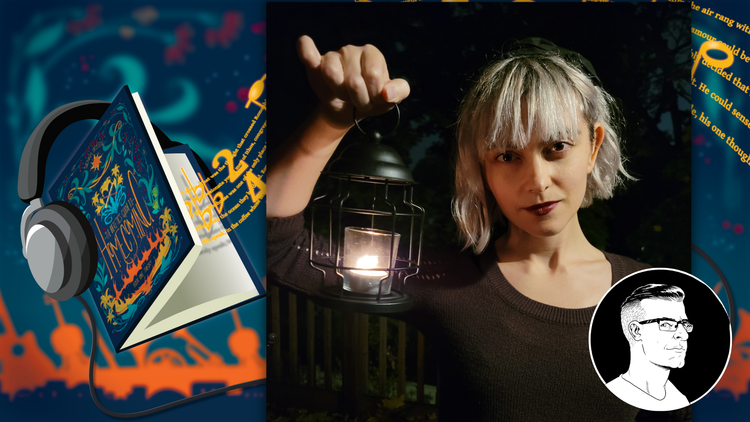
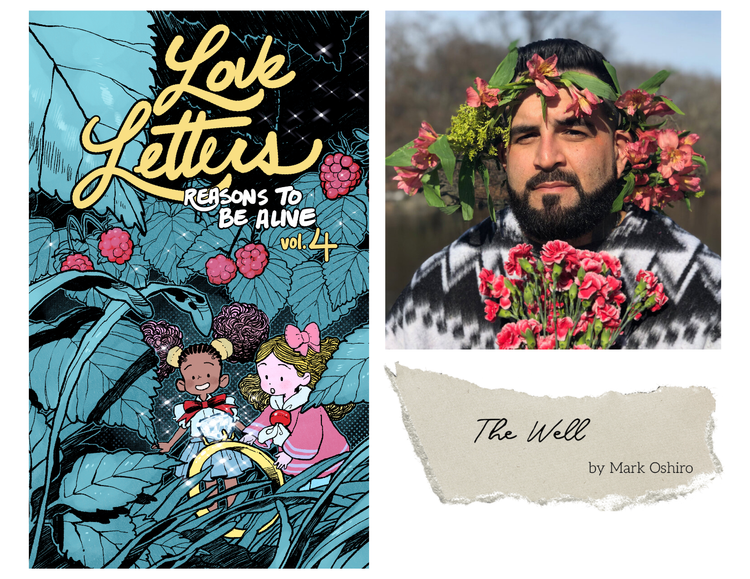
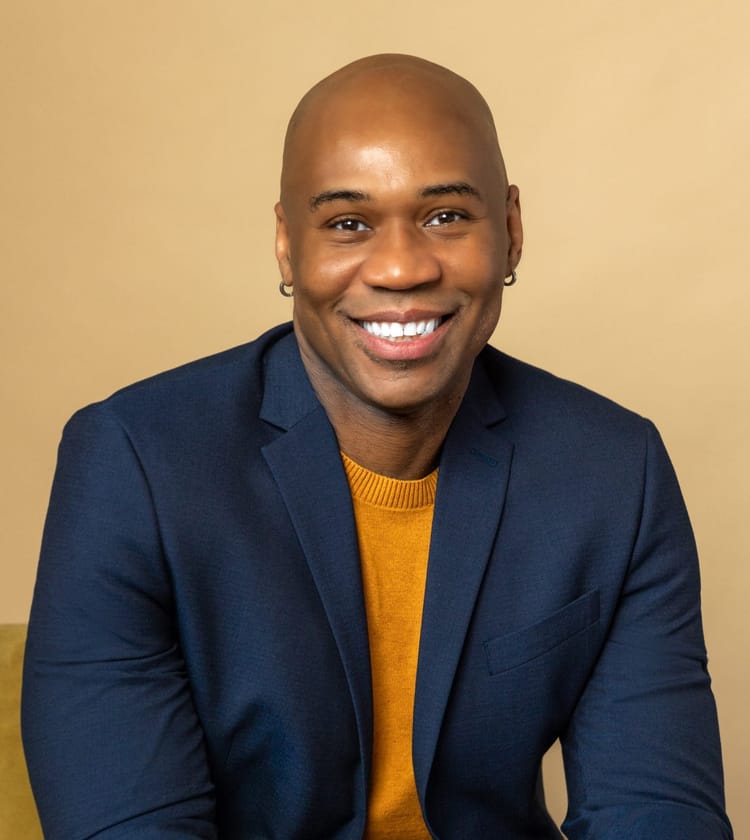
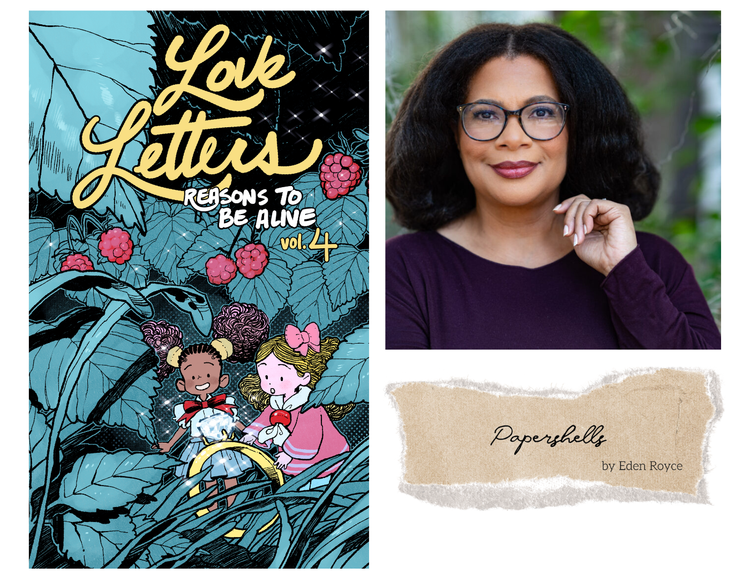
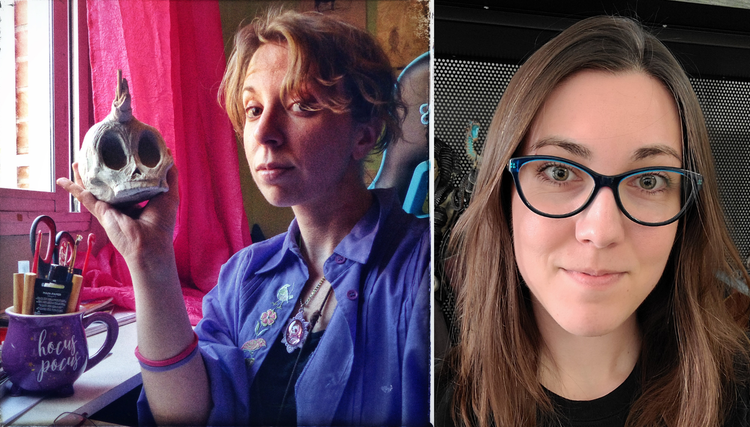
Member discussion